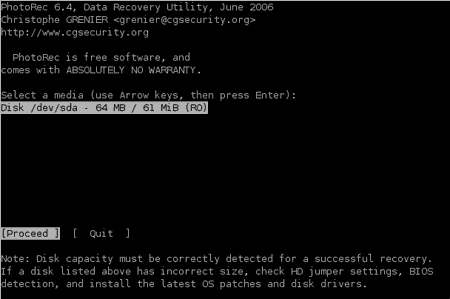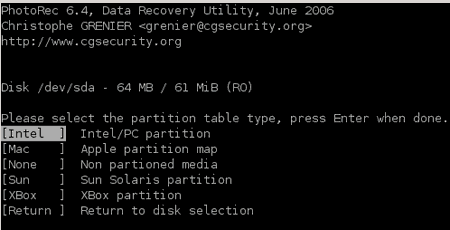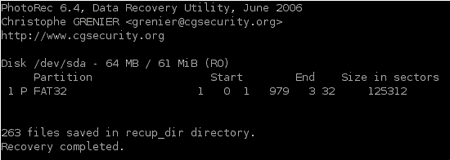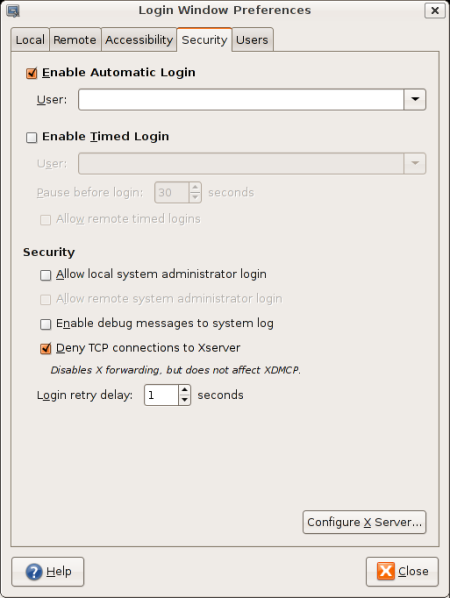![]()
Here’s is the step to setup OpenDNS for your Ubuntu desktop :
- From Desktop, goto System and Administration
- Select Networking, a dialog will appear
- Select DNS tab
- Click Add and put the OpenDNS ipaddress
- Click close and you’re done!
Here’s the screenshot of the dialog
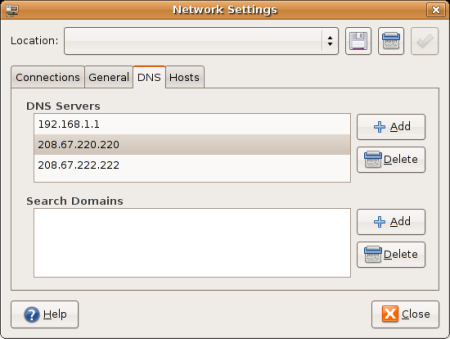
What is OpenDNS ?
OpenDNS is a free DNS resolution service provided as an alternative to to using your Internet service provider’s DNS servers. One of the advantage using OpenDNS is its intercepts phishing attempts, when a user tries to visit a phishing site. The list of phishing website is constantly updated from Phishtank which is also run by OpenDNS.
I personally use OpenDNS when my ISP DNS service seems to fail at times, though some people speculate that OpenDNS resolution might be slow compared to my ISP’s, but personally, I hardly notice any delays at all. Read about OpenDNS at its website or from wikipedia entry.
[tags]opendns,ubuntu,dns.linux[/tags]

